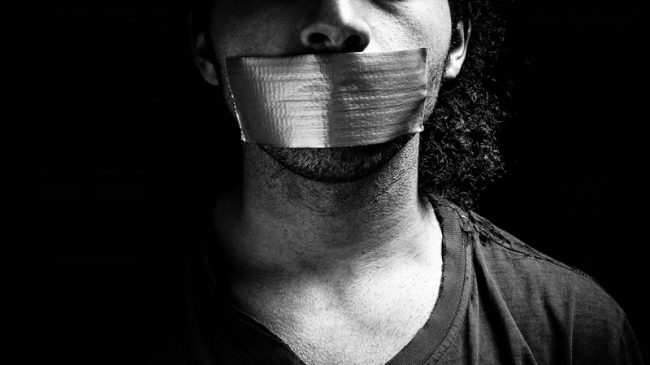Brief Amicus Curiae of Reason Foundation, Citizens United, Atlantic Legal Foundation, Center for Constitutional Jurisprudence, Individual Rights Foundation, Northwest Legal Foundation, Mackinac Center for Public Policy, Goldwater Institute, Center for Competitive Politics, Cause of Action, and Southeastern Legal Foundation
Minority Television, Inc. v. Federal Communications Commission and United States of America
A law prohibiting a newspaper from printing an advertisement regarding local government candidates, a cable television operator from airing an advertisement regarding presidential candidates, or a website from displaying an advertisement regarding ballot initiatives can only stand if it is narrowly tailored to further a compelling government interest. This Court applies strict scrutiny review to laws that suppress, disadvantage, or impose differential burdens upon speech because of its content.”
Recognizing the grave threats of censorship that content-based restrictions impose on the free trade of ideas, this Court requires that such restrictions pass the most exacting scrutiny – that is, unless the law censors broadcasters. Forty-five years ago, in Red Lion Broadcasting Co. v. FCC, 395 U.S. 367 (1969), reasons of technological scarcity led the Court to afford governmental restraints on broadcast a higher level of deference than restrictions on other mediums of expression. Thus, if the aforementioned examples prohibited broadcasters, rather than newspapers, cable television operators or website providers, from airing advertisements based on their content, such laws need only be narrowly tailored to further a substantial government interest to withstand constitutional challenge. Application of this lower level of scrutiny to laws that prohibit or limit expression in broadcast radio or television based on content forecloses an entire medium of expression, and in doing so, conflicts with this Court’s traditional First Amendment jurisprudence.
Nowhere is this conflict more dangerous than when the content-based restriction prohibits public discourse including, but not limited to, speech regarding political candidates and matters of public interest, because “public discussion is a political duty.” Despite Red Lion, under recent precedent, the greater deference afforded to broadcast content-based regulations does not apply when political or public issue speech is at issue.
These conflicting precedents leave lower courts and litigants struggling to ascertain the level of scrutiny applicable to content-based restrictions that prohibit or limit political or public issue speech on the broadcasting medium – strict scrutiny as required under a content-based or political speech approach, or intermediate scrutiny as applied under a medium of expression approach? By granting certiorari, this Court has an opportunity to reconsider Red Lion and its progeny and ensure that all mediums of expression are afforded the same level of First Amendment protection with respect to content-based restrictions, especially those that limit political or public issue speech. The nature of the speech at issue in this case – political and public issue speech – makes this Court’s review all the more urgent.
